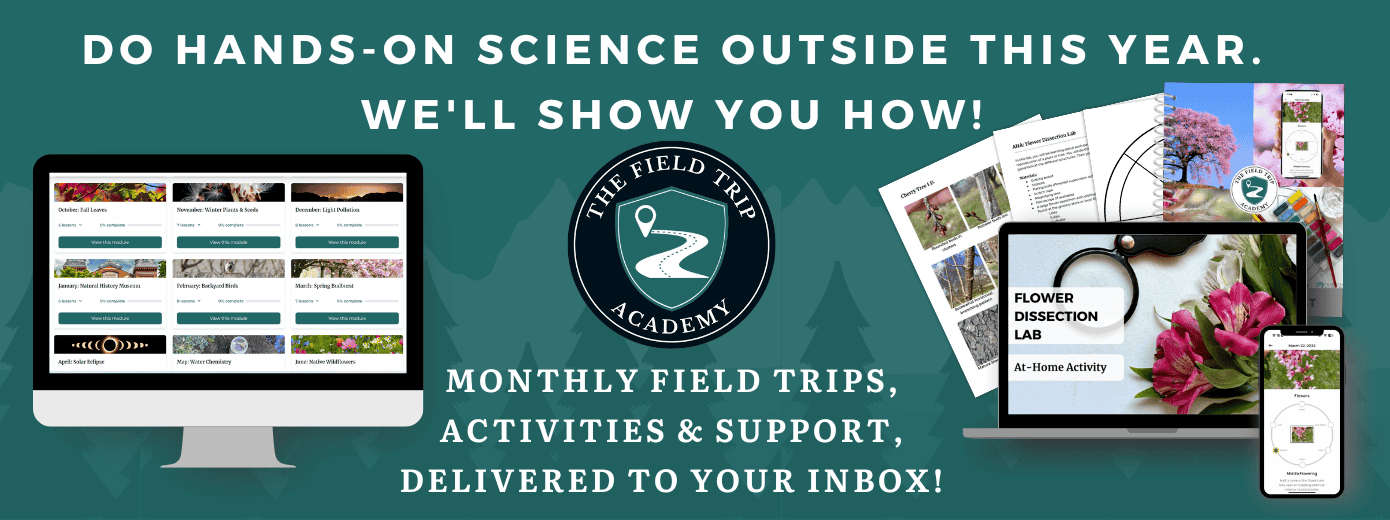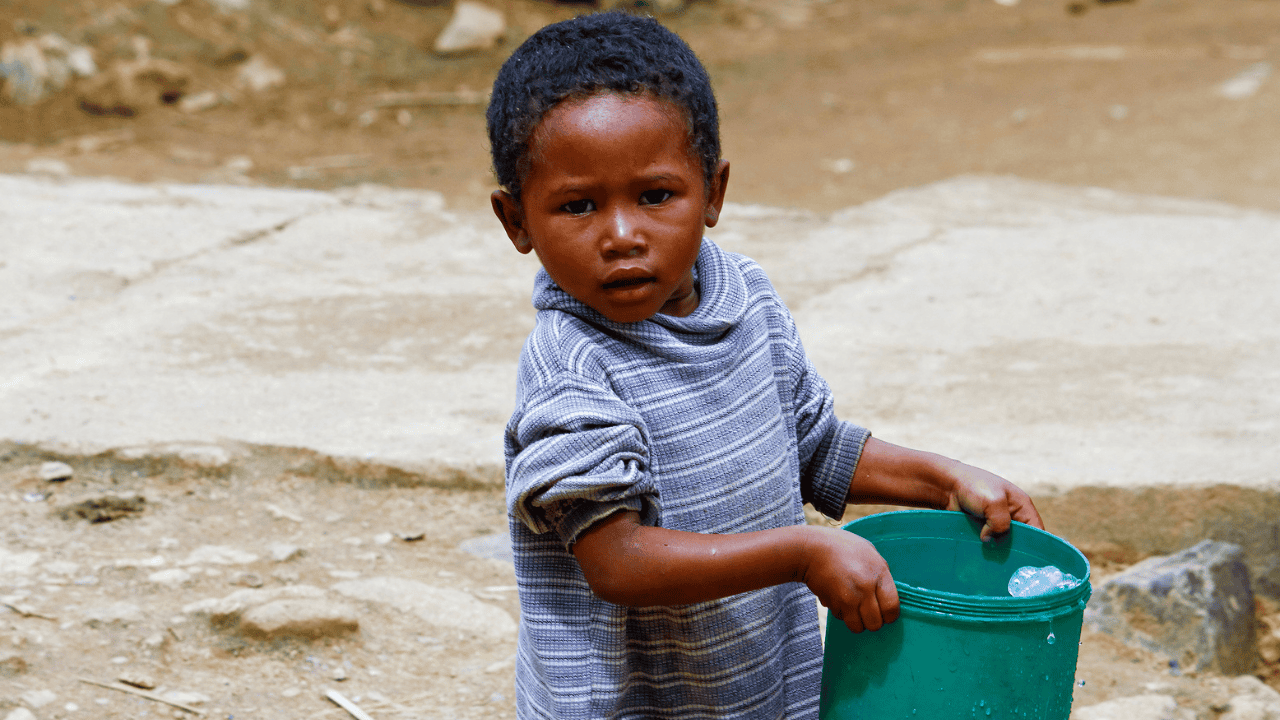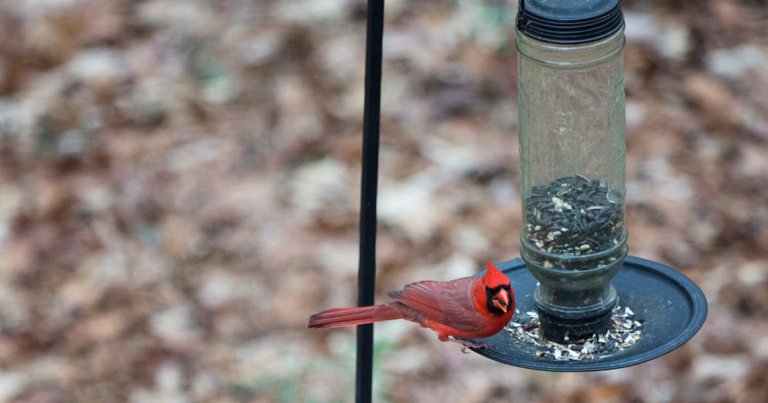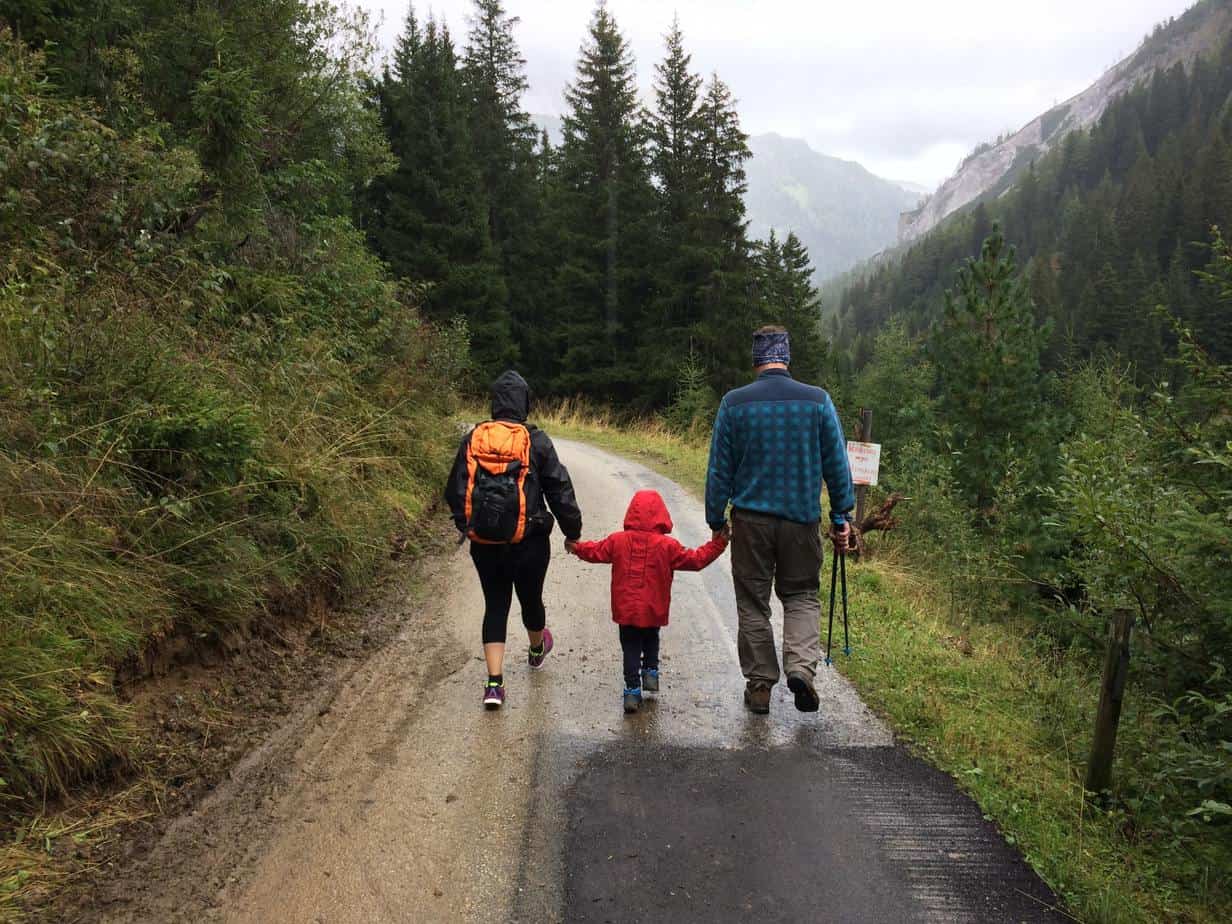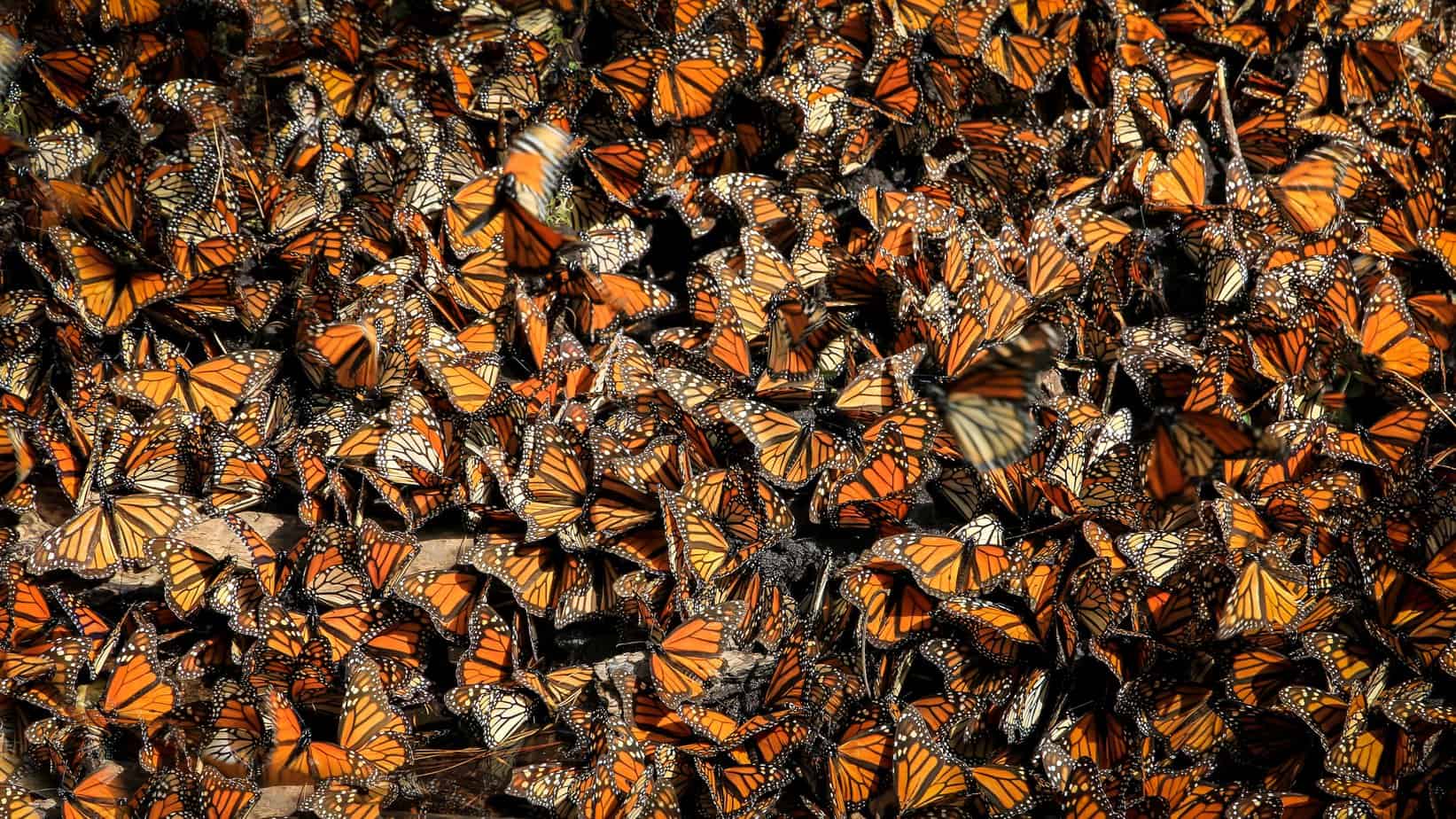Connect Learning to Making Change: The Clean Water Challenge
Do you want to increase your kids’ awareness of the wider world? Do you also want to help them understand and show compassion for others who are less fortunate than them? And would you love to link this greater awareness and compassion to what you are teaching in your homeschool? Well, here at The Field Trip Academy, we seek to do that. We want to find ways that nature-based learning intersects with the needs of the world. Recently, as I was preparing a module on Water Chemistry, I started thinking more deeply about the issue of clean water and thought of some questions.
1. How Many People Do Not Have Clean Water?
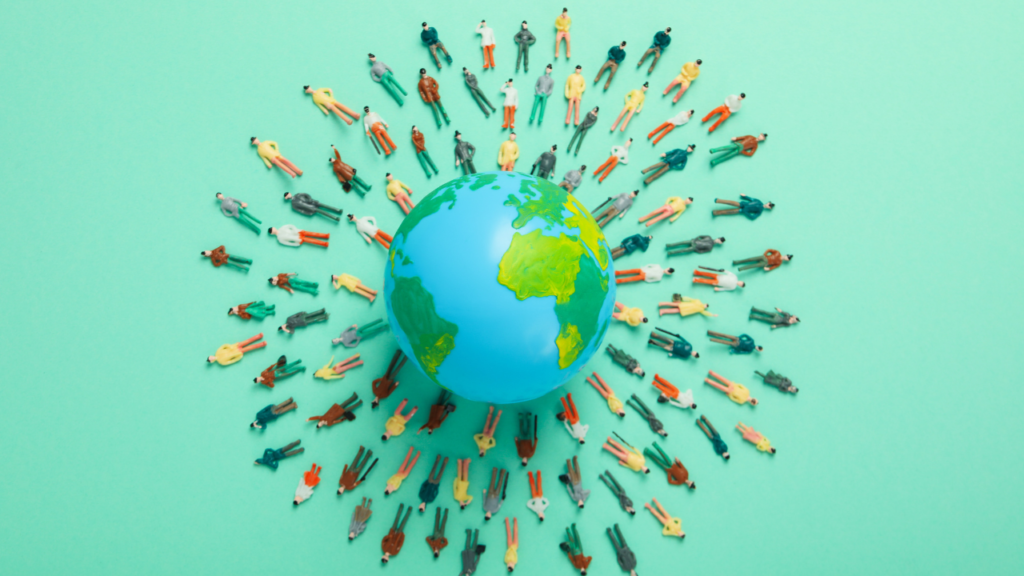
Around the world, about 2.2 billion people don’t have access to safe drinking water. That’s a shockingly high number given that water is essential to life. This means that nearly 1 in 3 people don’t have clean water to drink, cook with, or bathe in. Most of these people live in developing countries where water sources are often contaminated with harmful bacteria and pollutants. But some also live in the United States. About 2 million people in the U.S. lack access to safe drinking water. This includes individuals living in rural areas who rely on untested private wells, on Native American reservations, or in urban areas where aging infrastructure or contamination issues persist.
2. What Health Problems Arise From Dirty Water?
When people don’t have access to clean water, they face many serious health problems. Here are some of the most common issues:

Dirty water can cause diarrhea, which is especially dangerous for young children. Diarrhea from unsafe water kills about 485,000 children under five every year. Diseases that cause diarrhea include cholera which is a severe bacterial infection that can result in dehydration and even death if not treated quickly. Another one is dysentery which results in severe diarrhea with blood. It spreads in areas without clean water and proper sanitation. Salmonella bacteria in water can cause typhoid fever and parasites that live in dirty water can infect children, resulting in malnutrition and stunted growth.
In the U.S., health issues include G.I. illnesses, hepatitis A, lead poisoning, blue baby syndrome, and increased cancer among others.
Dirty water is a major public health issue and results in millions of illnesses and hundreds of thousands of deaths each year. These are alarming and sad statistics.
3. What are Low-Cost Solutions to Access Clean Water?
On a more encouraging note, low-cost solutions do exist to help people get clean water.

Simple water filters remove harmful bacteria and parasites from water, making it safe to drink. These filters are affordable and easy to use. People can use barrels and tanks to collect and store rainwater; they can then filter it and use it for drinking and cooking. Communities can drill boreholes and wells to gain access to underground water sources. These sources are often cleaner than surface water. Sunlight can kill harmful organisms in water so filling clear plastic bottles with water and leaving them in the sun for several hours helps clean water. Finally, chlorine tablets and other chemical treatments can kill bacteria and viruses in water, making it safe to drink. In the U.S., officials can monitor and improve water quality, update infrastructure, and ensure that regulations are enforced to protect public health.
4. What Can Our Kids Do to Help?
Here are some ideas:

Engage in Community Clean-ups: Clean water starts in our own backyards. Helping to protect our local waterways reminds us that water pollution is a problem everywhere.
Donate: Many organizations, like UNICEF and Charity: Water, work to provide clean water to those in need. Help fund projects that bring safe water to communities.
Raise Awareness: Your kids can tell their friends and family about the national and global water crisis. They can write letters to local government officials to support policies that protect water resources. The more people know about the problem, the more support they can gather to solve it.
Fundraise: They can also organize bake sales, car washes, or sponsored events to raise money for organizations that build wells and provide clean water solutions in underprivileged areas.
Water Chemistry and Clean Water
Hopefully, by having your kids learn more about the water crisis, they will be motivated to do their part. For starts, they can read our blog, “Respond to Bad News with Positive Change: Nitrate Watch”.
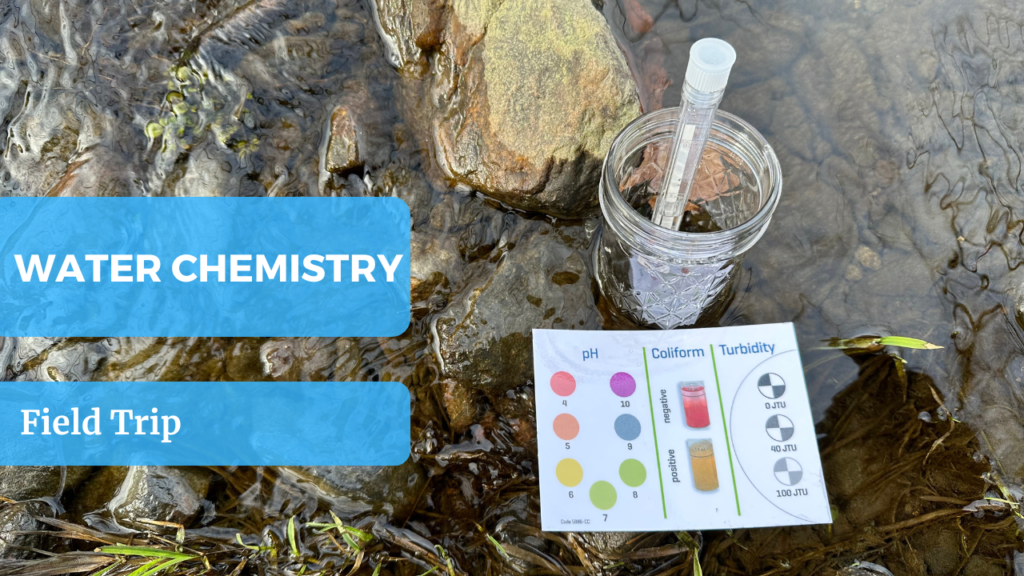
In addition, they can learn more about water pollution in our “Water Chemistry” module. They test for various pollutants in their own waterways and also build a homemade water filter. In addition, they watch videos of kids who are making a difference in helping people access clean water.
The water module is yours by signing up for a 30-day FREE trial of our monthly membership. You can cancel at any time. Learn more about us and what we have to offer by clicking below:
